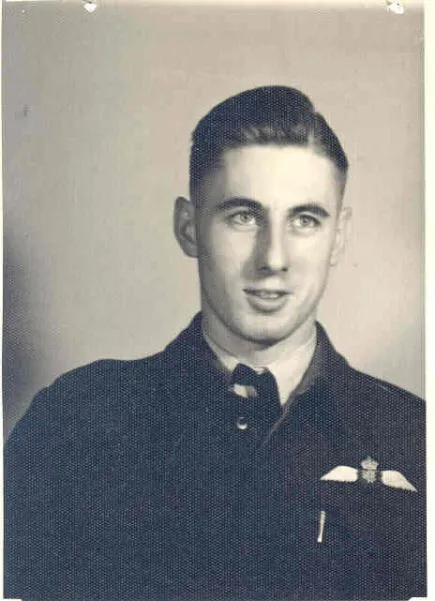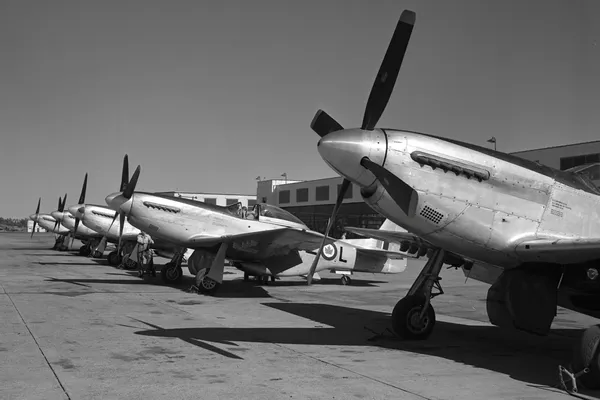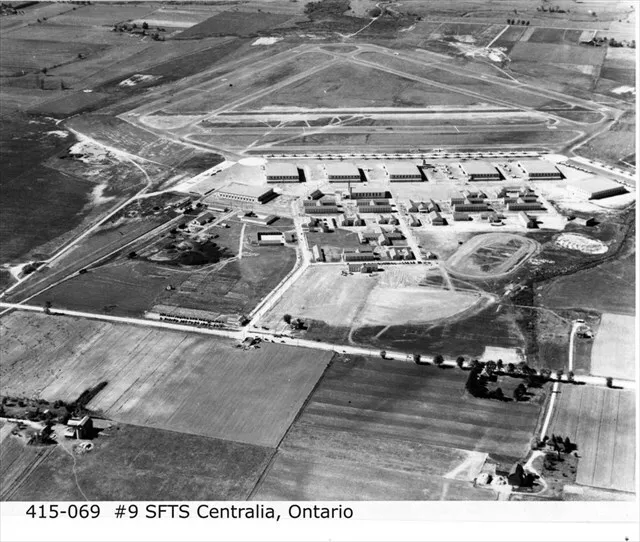Allen-Newman, Barry
Killed in Flying Accident 1952-06-11


Birth Date: 1928-September-01
Born: Carman, Pembina Valley Census Division, Manitoba, Canada
Son of Frederic and Bernice Margarite (nee Malcolmson) Allen-Newman of Grimsby, Ontario. Brother of Eugene and Patricia Newman
Home: Carman, Pembina Valley Census Division, Manitoba, Canada
Enlistment: Toronto, Ontario
Enlistment Date: 1949-11-07
Service
RCAF
Unit
1 FTS- Flying Training School
Base
RCAF Station Trenton
Rank
Flying Officer
Position
Flying Officer
Service Numbers
14973
Flying Officer Barry Allen-Newman (RCAF) was missing, presumed killed in the crash of #1 Flying Training School North American P-51 Mustang aircraft #9555 into Lake Ontario, near Picton
Flying Officer Allen-Newman has no known grave and is commemorated at the Nanaimo Municipal Cemetery in British Columbia, Canada
Mustang TF Mk. IV 9555
Unspecified 1952-June-11 to 1952-June-11
1 () FIS (RCAF) Trenton
In August 2022 after much research and a search licence from the Provincial Government, and with the full knowledge and co-operation of the RCAF, a debris field was discovered at the site of the crash of F.O.Barry Allan Newman's aircraft by the Canadian Harvard Aircraft Association Recovery Team at more than 100 feet of Depth.
After several meetings with Government and another separate licence, the team was permitted in 2003, to retrieve debris which would positively identify the aircraft. A piece of material similar to canvas or fibreglass infused with some other plastic like material was retrieved. On it were the words NORTH AMERICAN and some numbers. This identified the material as a wing tank protective cover for a P-51 D Mustang. This aircraft had been the only Mustang P-51D of 130 operated by the RCAF that had not been found. On You Tube : "Search For Mustang 9555" a 12min CBC interview overlaid with stills and video. (Source:Mike McAllister a member of the Canadian Harvard Aircraft Association Recovery Team)
North American Mustang P-51

North American Mustang Mk. IV, RCAF (Serial No. 9253), coded BA-S,
No. 424 Squadron, Hamilton, Ontario
Chris Charland noted that the Mustang in the forefront is former USAF P-51D (Serial No. 44-74502A).
The North American Aviation P-51 Mustang is an American long-range, single-seat fighter and fighter-bomber used during World War II and the Korean War, among other conflicts. The Mustang was designed in April 1940 by a team headed by James Kindelberger of North American Aviation (NAA) in response to a requirement of the British Purchasing Commission. The Purchasing Commission approached North American Aviation to build Curtiss P-40 fighters under license for the Royal Air Force (RAF). Rather than build an old design from another company, North American Aviation proposed the design and production of a more modern fighter. The prototype NA-73X airframe was rolled out on 9 September 1940, 102 days after the contract was signed, and first flew on 26 October
The Mustang was designed to use the Allison V-1710 engine, which had limited high-altitude performance in its earlier variants. The aircraft was first flown operationally by the RAF as a tactical-reconnaissance aircraft and fighter-bomber (Mustang Mk I). Replacing the Allison with a Rolls-Royce Merlin resulted in the P-51B/C (Mustang Mk III) model, and transformed the aircraft's performance at altitudes above 15,000 ft (4,600 m) (without sacrificing range), allowing it to compete with the Luftwaffe's fighters. The definitive version, the P-51D, was powered by the Packard V-1650-7, a license-built version of the two-speed, two-stage-supercharged Merlin 66, and was armed with six .50 caliber (12.7 mm) AN/M2 Browning machine guns.
Canada had five squadrons equipped with Mustangs during the Second World War. RCAF Nos. 400, 414 and 430 Squadrons flew Mustang Mk. Is (1942"“1944) and Nos. 441 and 442 Squadrons flew Mustang Mk. IIIs and Mk. IVAs in 1945.Wikipedia and Harold Skaarup web page
1 FTS (1 Flight Training School)
RCAF.info - RCAF Station Centralia Ontario

 Canadian Virtual War Memorial
Canadian Virtual War Memorial www.findagrave.com
www.findagrave.com